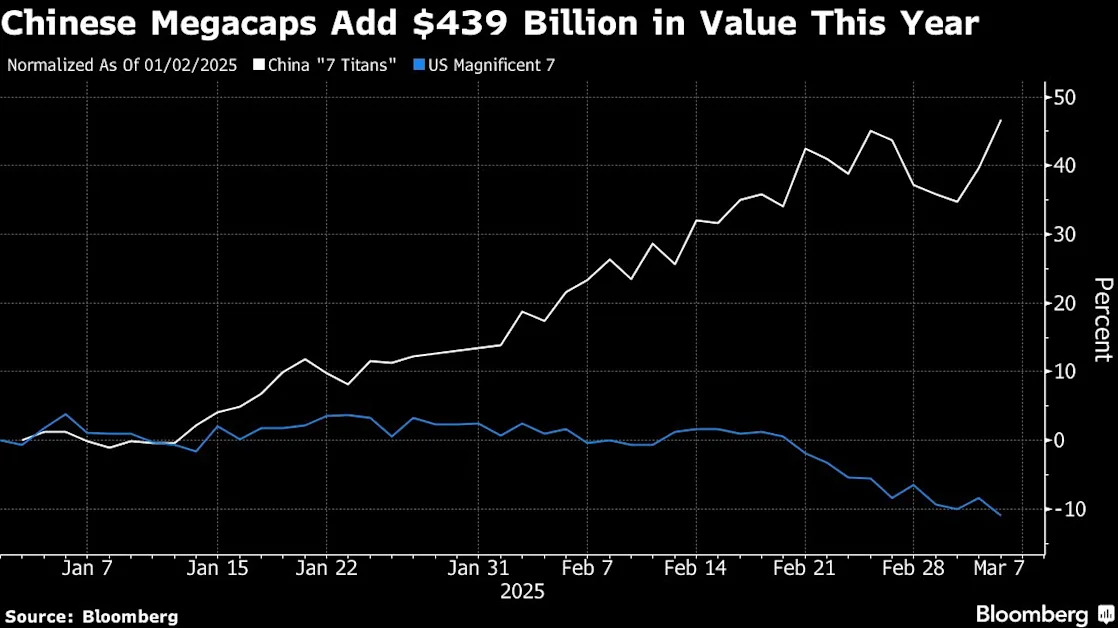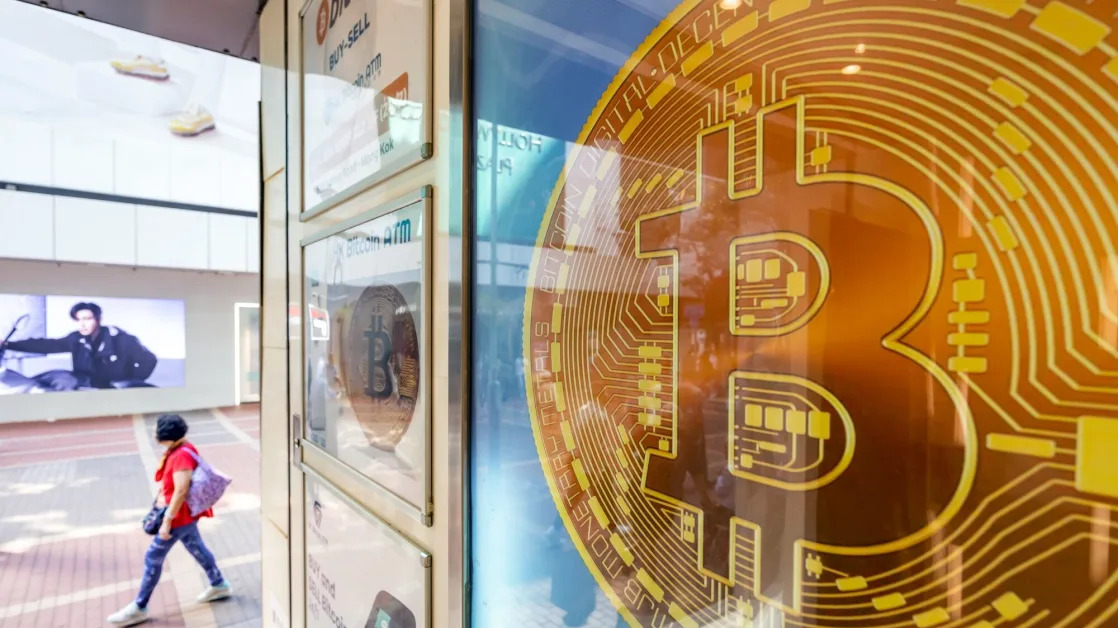(Bloomberg) -- After a year of Wall Street talking about how crowded the hugely popular dispersion trade is, it still appears to be working — and growing.
One sign of its enduring popularity is the surge in Quantitative Investment Strategy products offered by banks, which have found success bringing a systematic approach to the trade. Critics argue that while QIS makes volatility dispersion — where clients sell volatility on an index and buy it on the constituent names — available to a wider pool, investors can end up entering the trade at less attractive levels.
That doesn’t appear to have halted interest: Premialab, a QIS data provider, recorded a 267% increase in dispersion strategies in 2024 from 2023, said Chief Executive Officer Adrien Geliot. Growth was less than 20% in previous years.
The DeepSeek-led selloff in stocks linked to artificial intelligence in late January brought the dispersion trade back to the forefront: While names such as Nvidia Corp. and ASML Holding NV swang hugely, index moves were relatively modest, boosting profits from the trade. At JPMorgan Chase & Co., the flagship dispersion index product rose 3.3% on the DeepSeek day alone, according to the firm’s Arnaud Jobert.
“Systematic dispersion has been working very well,” said Jobert, global head of equities structuring and co-head of global strategic indexes at JPMorgan.
Estimates of the total market size of the volatility dispersion trade run between $500 million to $1 billion of notional vega, or volatility exposure. With Cboe Global Markets Inc. planning to list futures on its index tracking the strategy, the trade’s popularity is only likely to grow.
“After outright short vol carry strategies, the vol dispersion trade remains the most popular volatility trade globally across clients,” said Antoine Porcheret, head of institutional structuring for the UK, Europe, Middle East and Africa at Citigroup Inc. “Despite the overall size of the market and concerns around crowding, the trade is far less crowded than a year ago” as some hedge funds with adverse mark-to-market reduced their positions, he said.
One potential challenge for investors new to the trade may be the sheer variety of strategies — from volatility swaps to listed options to call contracts on dispersion, each with a different payoff profile and therefore end result. Hedge funds typically lean toward traditional volatility swaps, while institutions with fewer resources to value such over-the-counter derivatives tend to go for QIS products, which use fixed strike options.
Financial engineers have had to continuously innovate to meet demand from hedge funds and large institutional investors. One popular product, known as “palladium,” makes money if individual stock performances aren’t representative of the basket — which typically occurs when stocks have huge gains, for example during a takeover.
“The call on dispersion, or Talisman/Palladium, has stood the test of time and has become a popular way to express a dispersion trade, although you need to be mindful about entry and exit point given that it is not a statistical trade,” said Uriel Kutnowski, head of tactical solutions sales at BNP Paribas SA.
Another popular variant is “corridor” dispersion, where investors only have exposure to realized volatility within a certain spot price range. That makes single-stock volatility cheaper to buy as extreme wings are out of the picture, reducing the bank’s risk, and opens up opportunities to trade smaller, less liquid companies where the banks may already hold a position they want to offset.
“You only take observations within a specified corridor, which can be set at something like 60%/120%,” said Kutnowski. Banks’ exotic derivatives desks “are able to offer liquidity in tier-2 or tier-3 names, which otherwise clients would never be able to access via the traditional vol swap,” he said.
Beyond traditional baskets made up of the Euro Stoxx 50 Index or S&P 500 Index top 50 members, custom basket dispersion — which trades a select group of names against a benchmark — has become popular. Some buy-side clients are wary of custom baskets, as such products are often sold by banks on the basis of an attractive back-test that could have little chance of being repeated in the future.
“Investors should be aware that dispersion trades can be easily manipulated by providers,” said Antoine Bracq, head of advisory at Lighthouse Canton. “We have seen instances where a leading US bank presented an appealing five-year back-test — only to find that the selection was biased.”
Market participants may question what a return to a high correlation environment might look like, and the ability of both the buy-side and sell-side to cope with stocks sinking in tandem.
“The market’s ability to withstand a correlation shock is better now than in the past given that it will likely be accompanied by volatility shock and clients are now in more defensive structures,” said Jobert.





